For many of us who have followed pro football for several decades, it is impossible to think of the Indianapolis Colts without focusing on the travels of the franchise and its quarterbacks.
Just about every football fan knows that the Colts began in Baltimore before moving to Indy, but many are not aware of their history before those days.
During the 1940s there was a second pro football league, the All-America Football Conference.
Relive the Broncos vs. Colts series history with photographs dating to 1974.
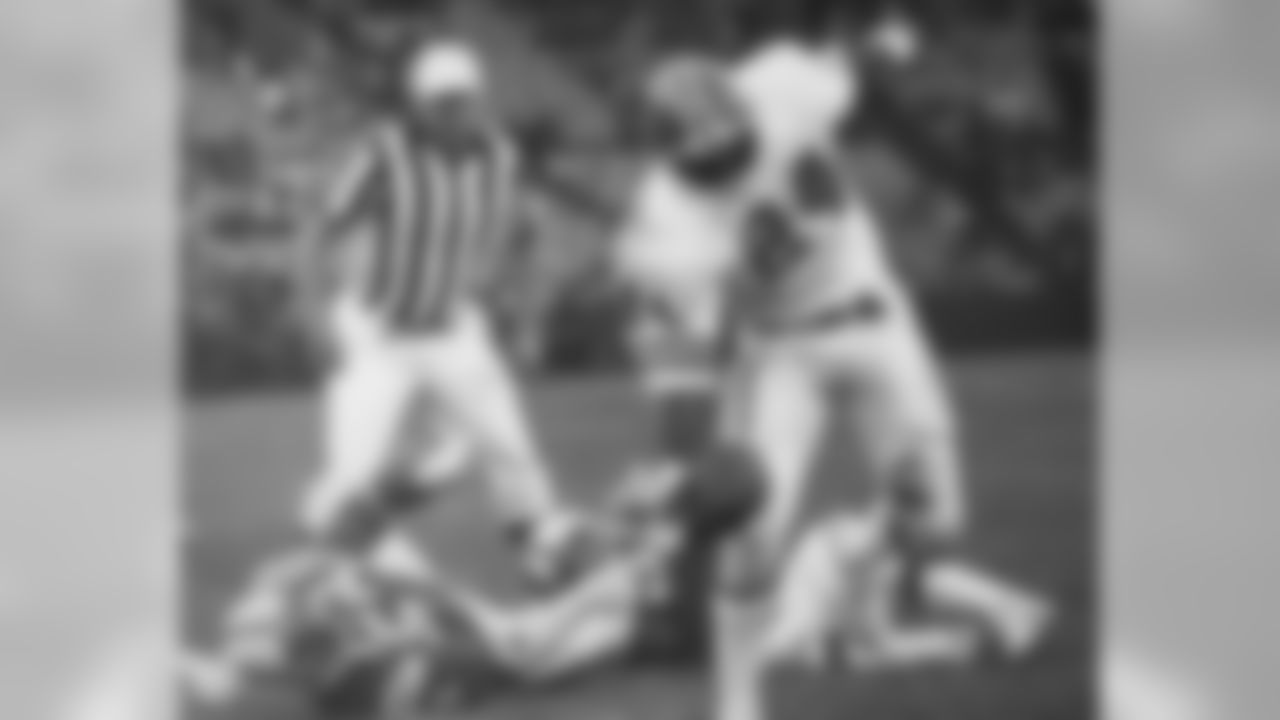
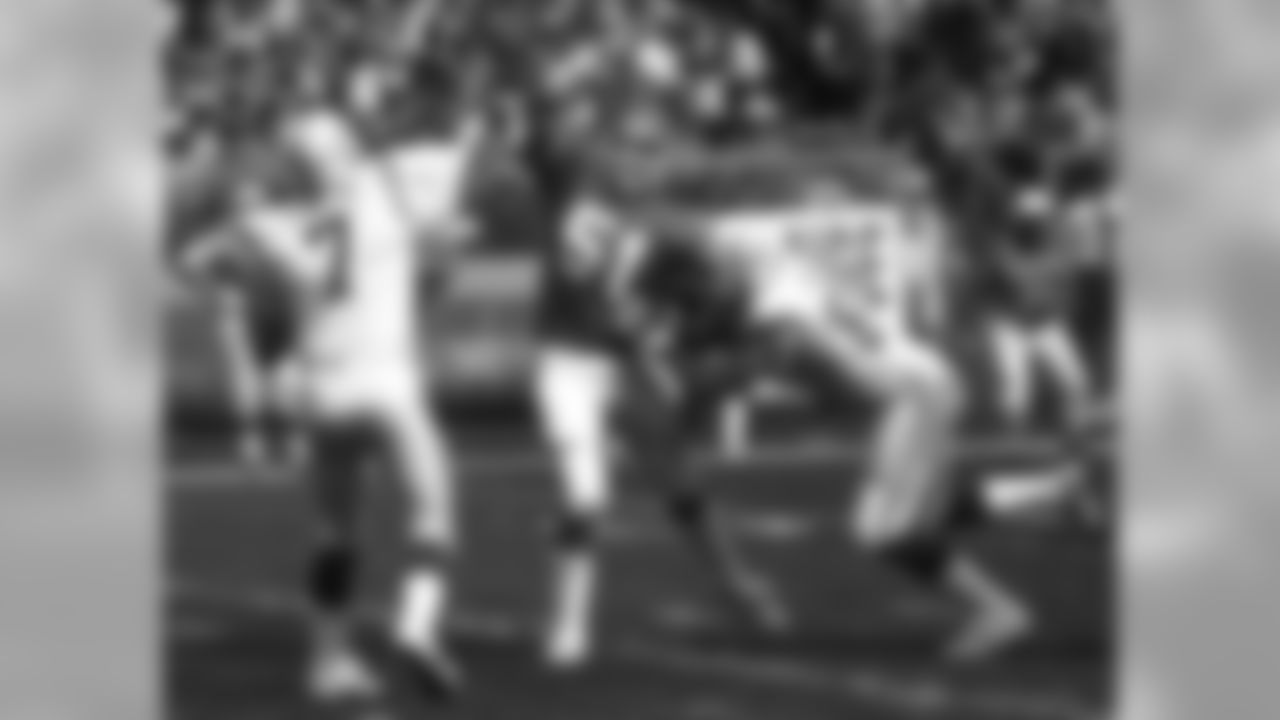

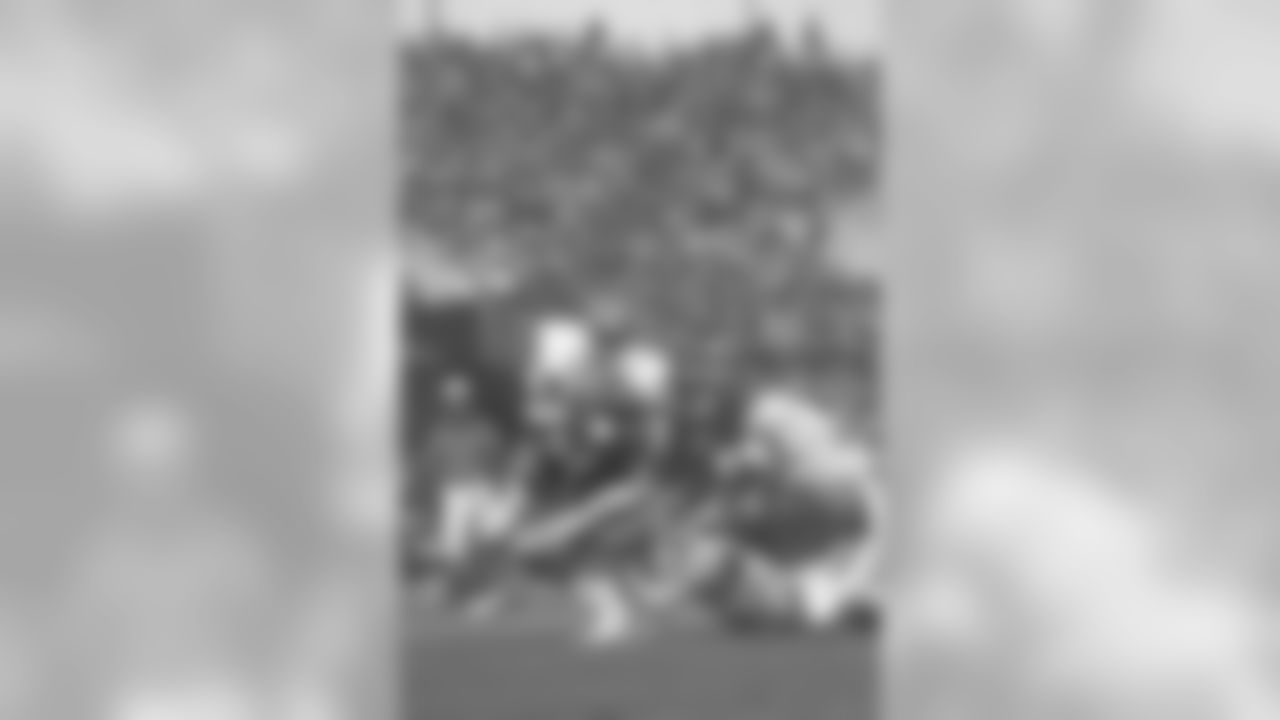
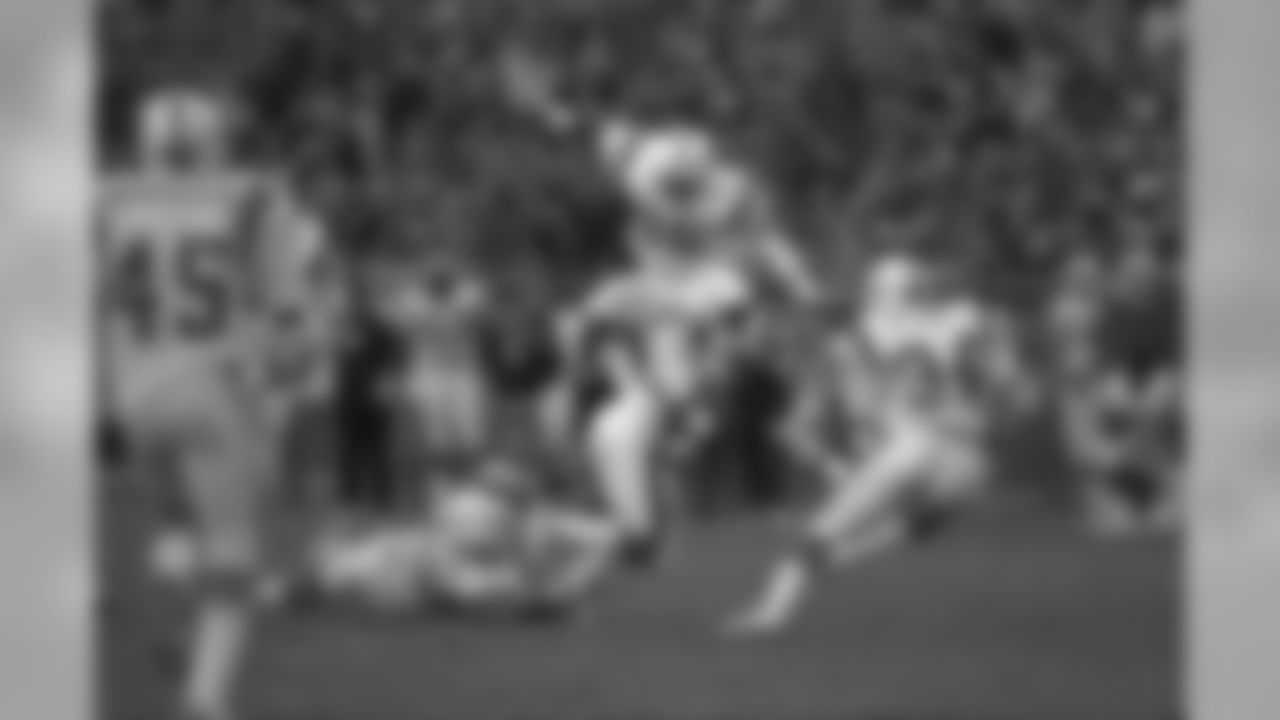
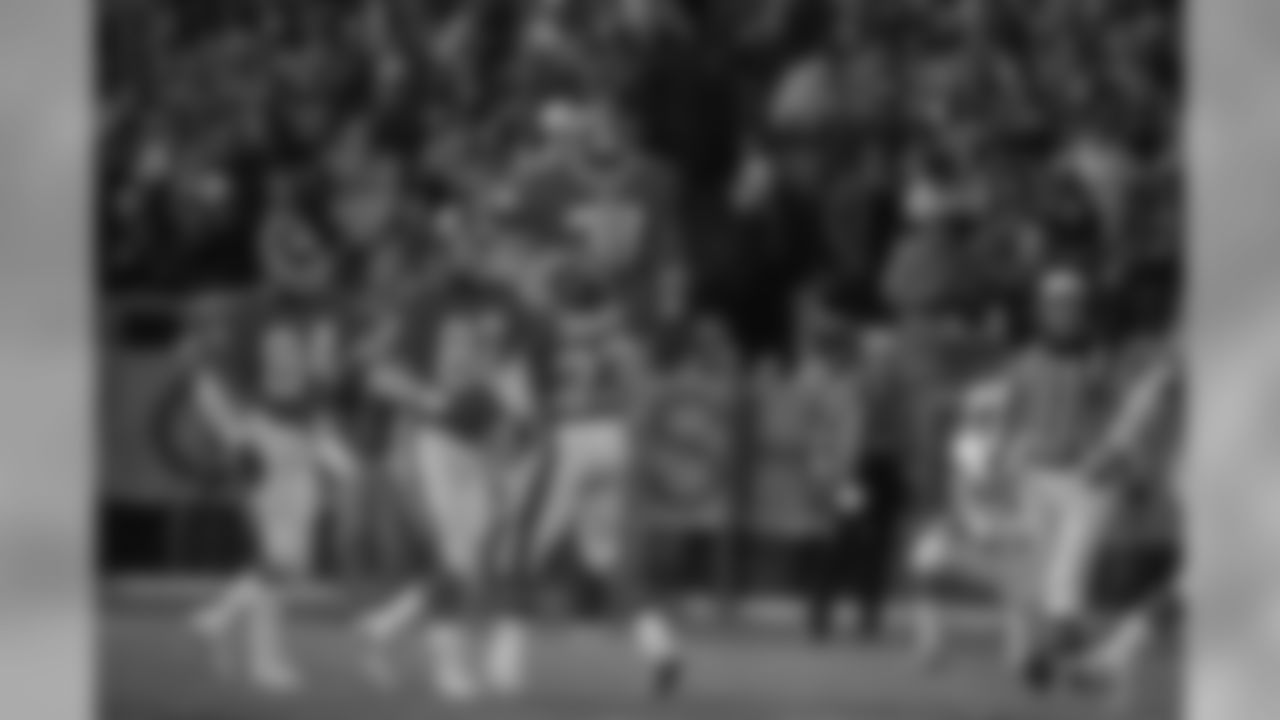
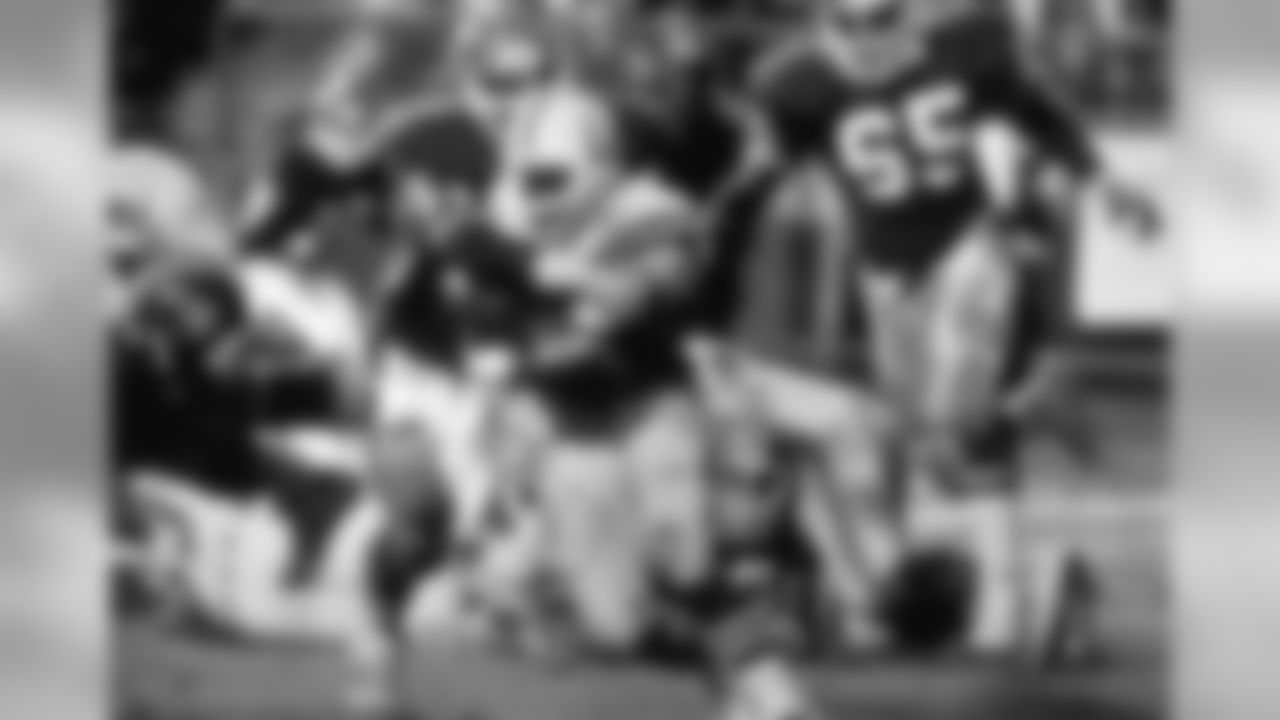
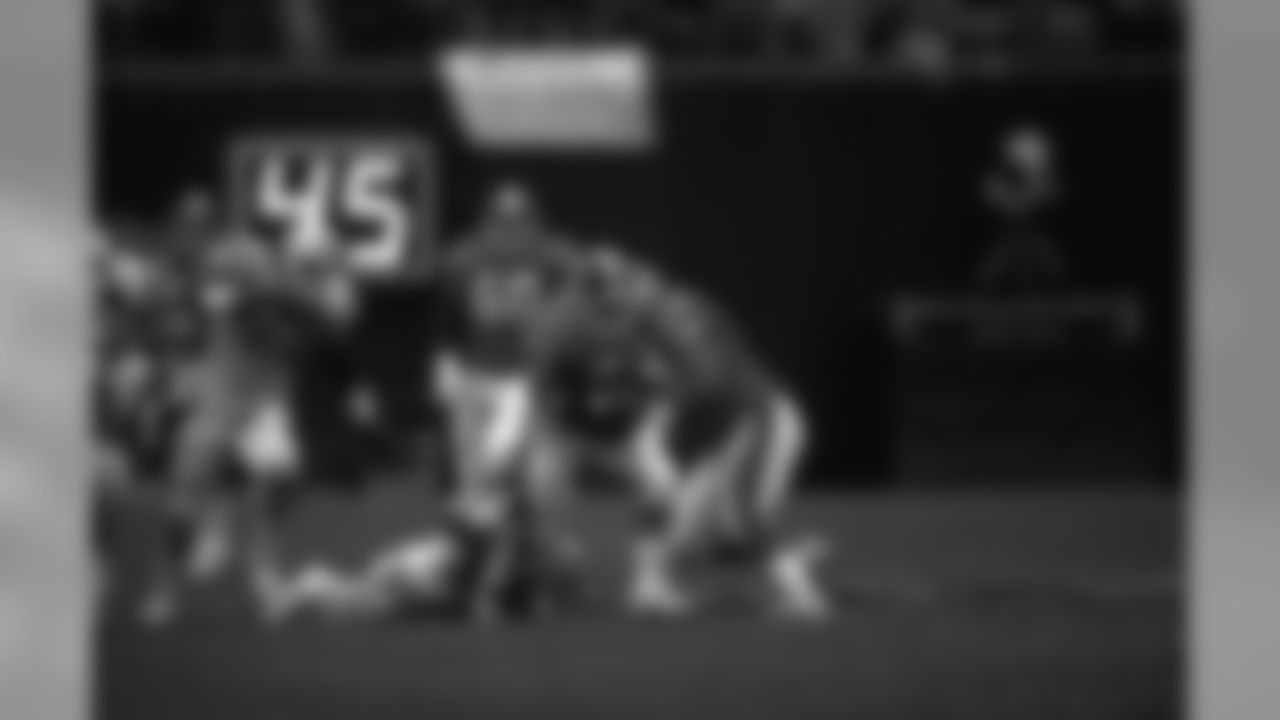
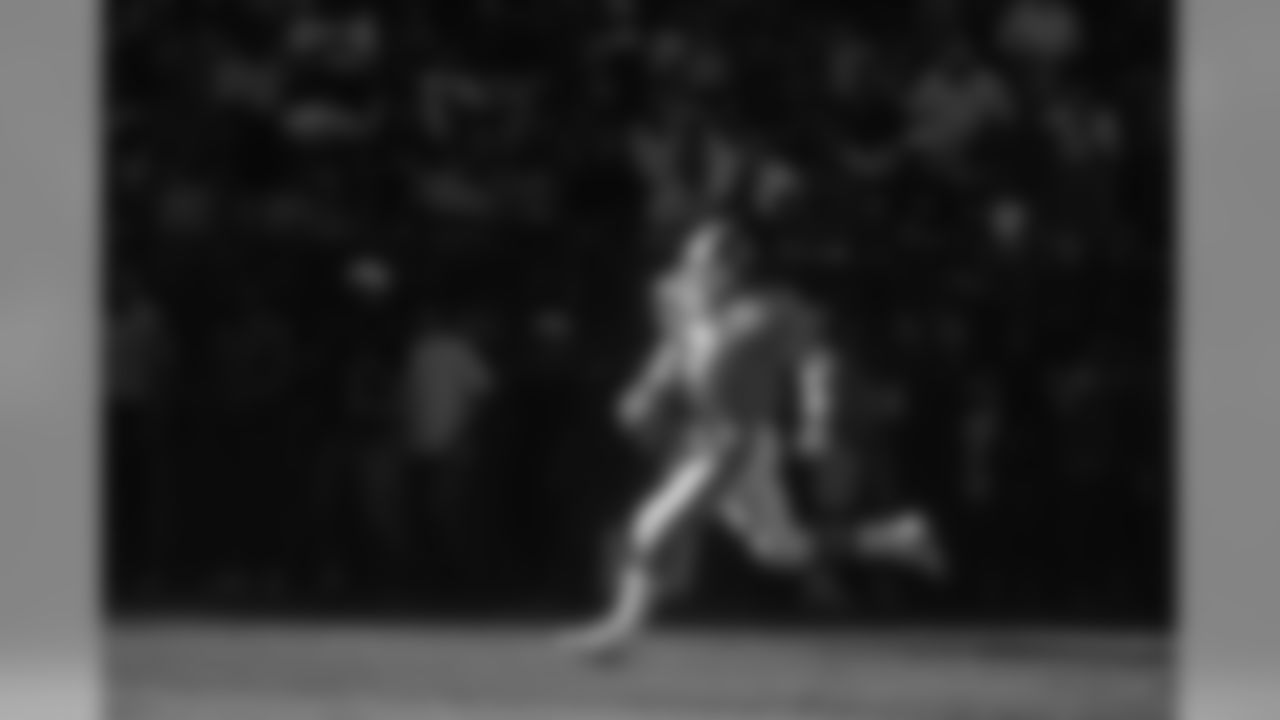

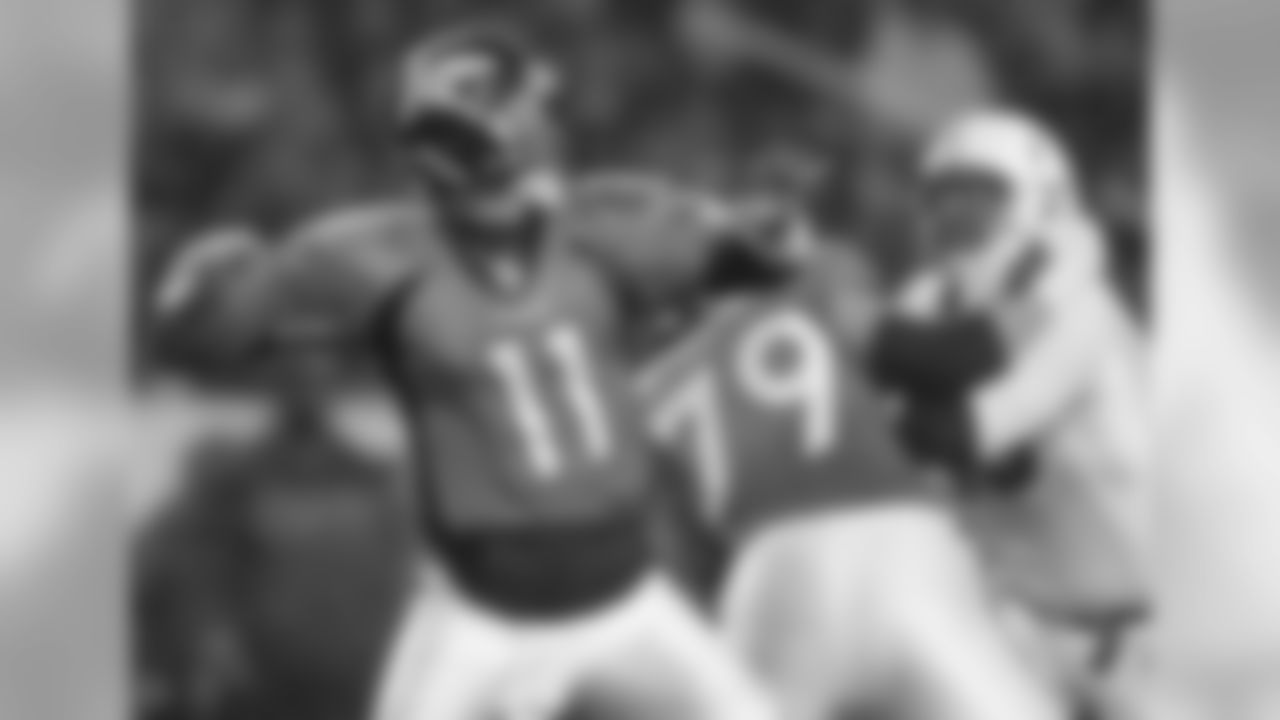
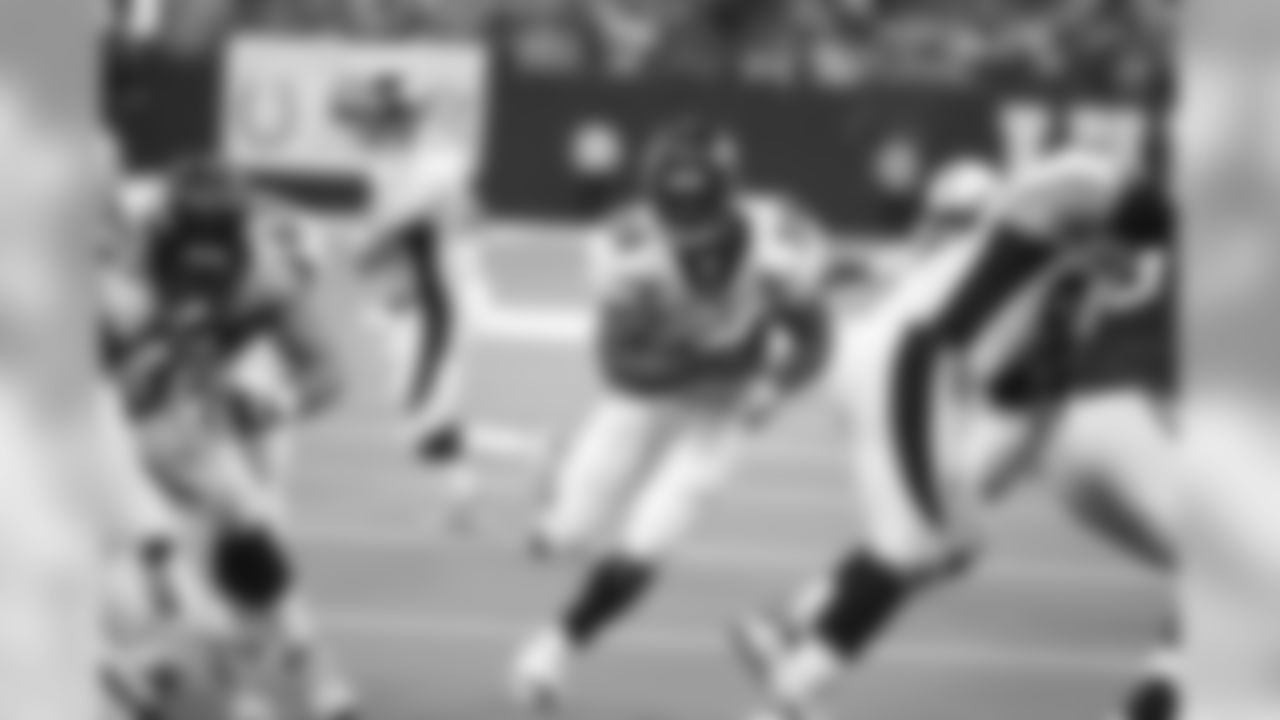
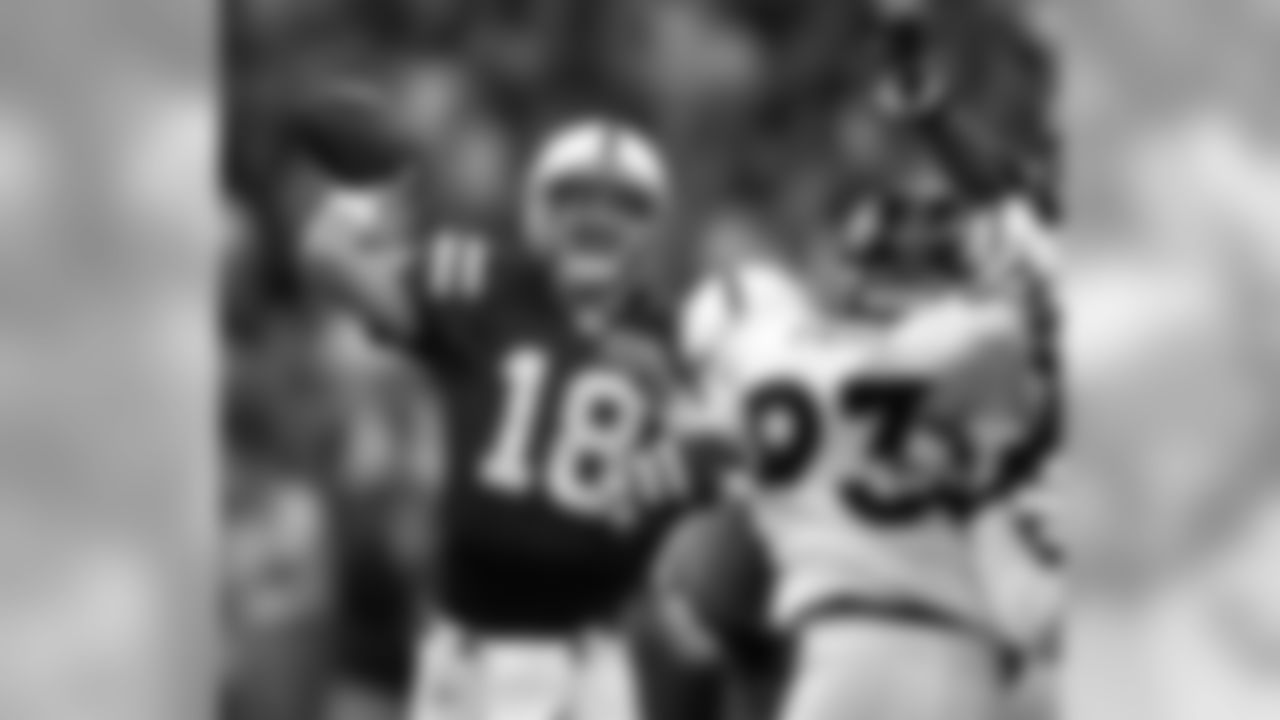
2003 AFC Wild Card Playoff Game
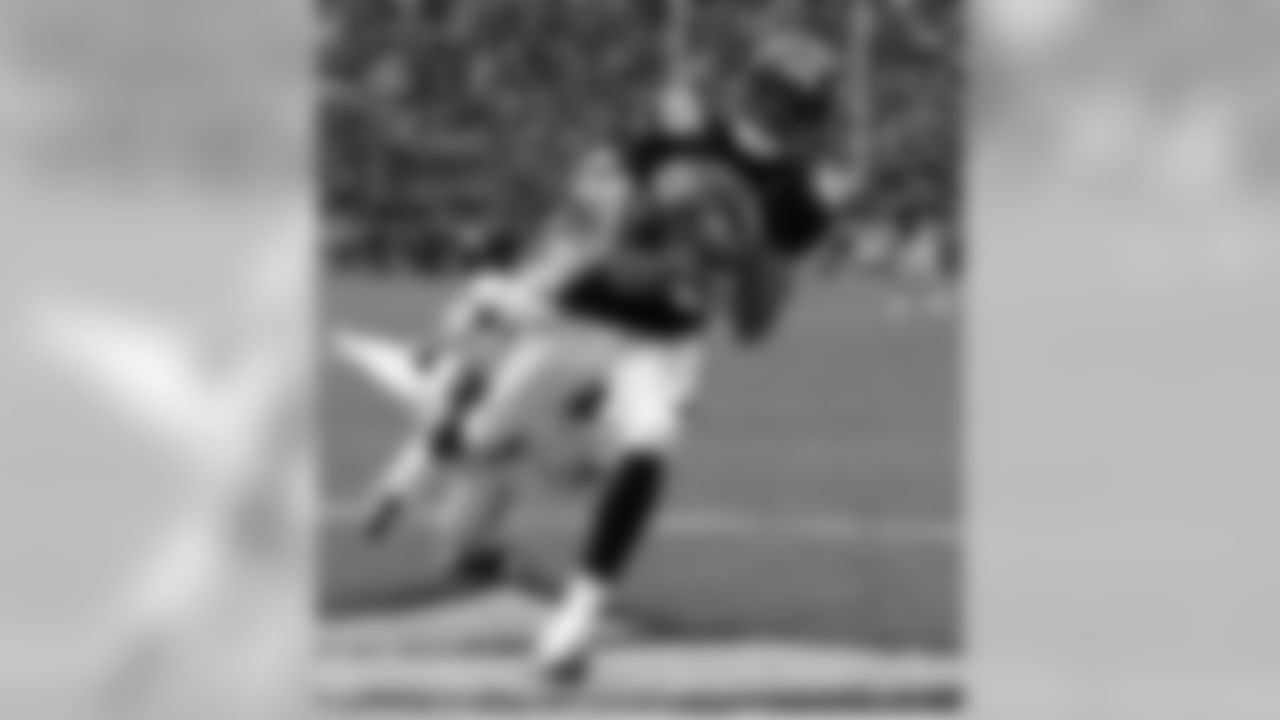

2004 AFC Wild Card Playoff Game

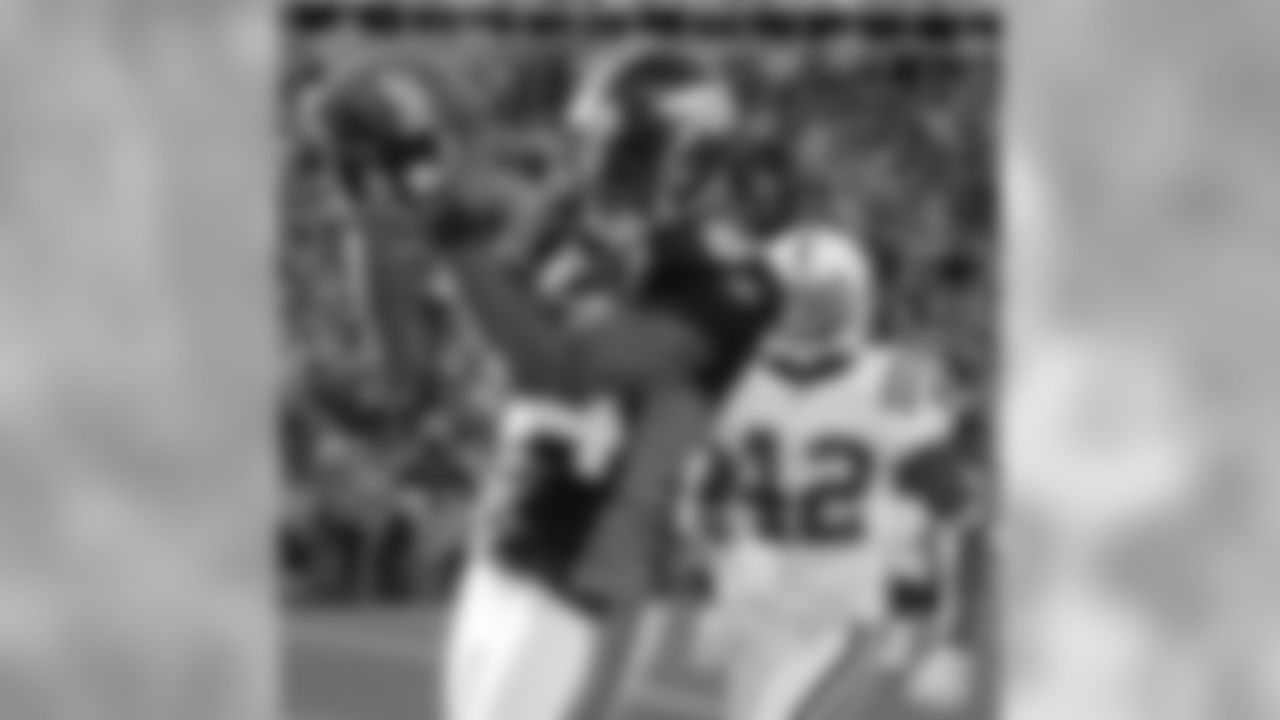

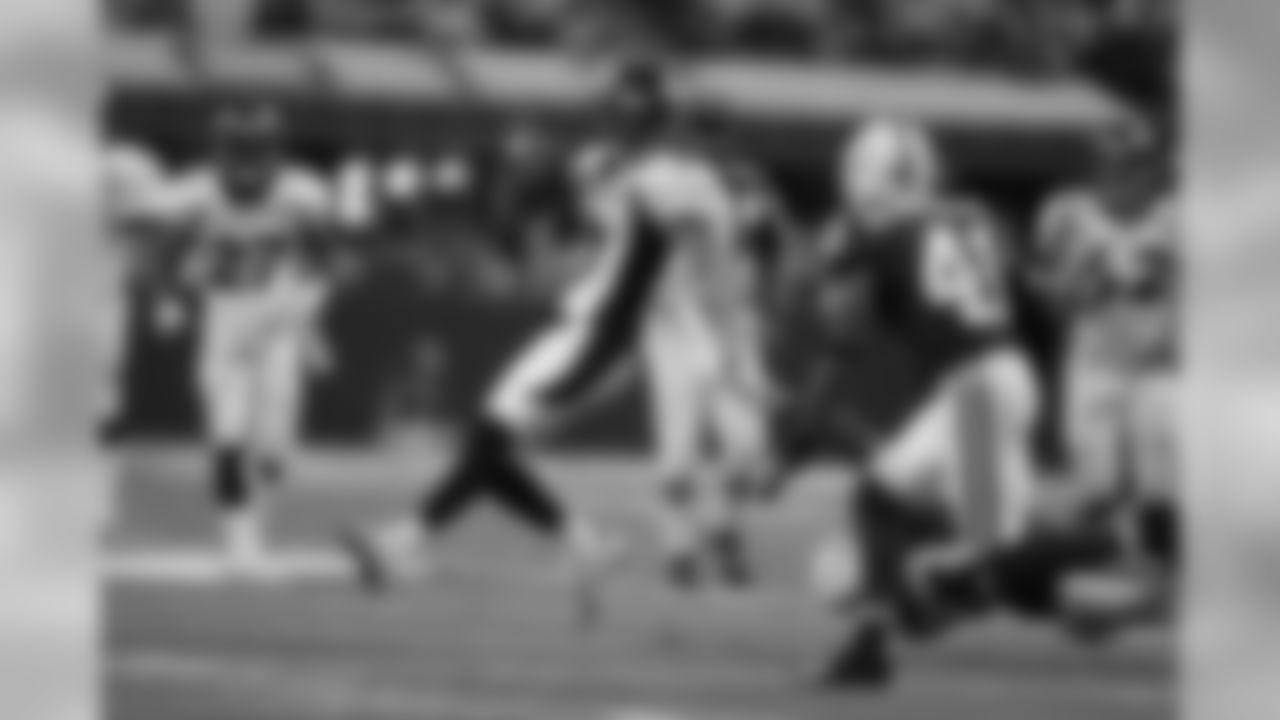
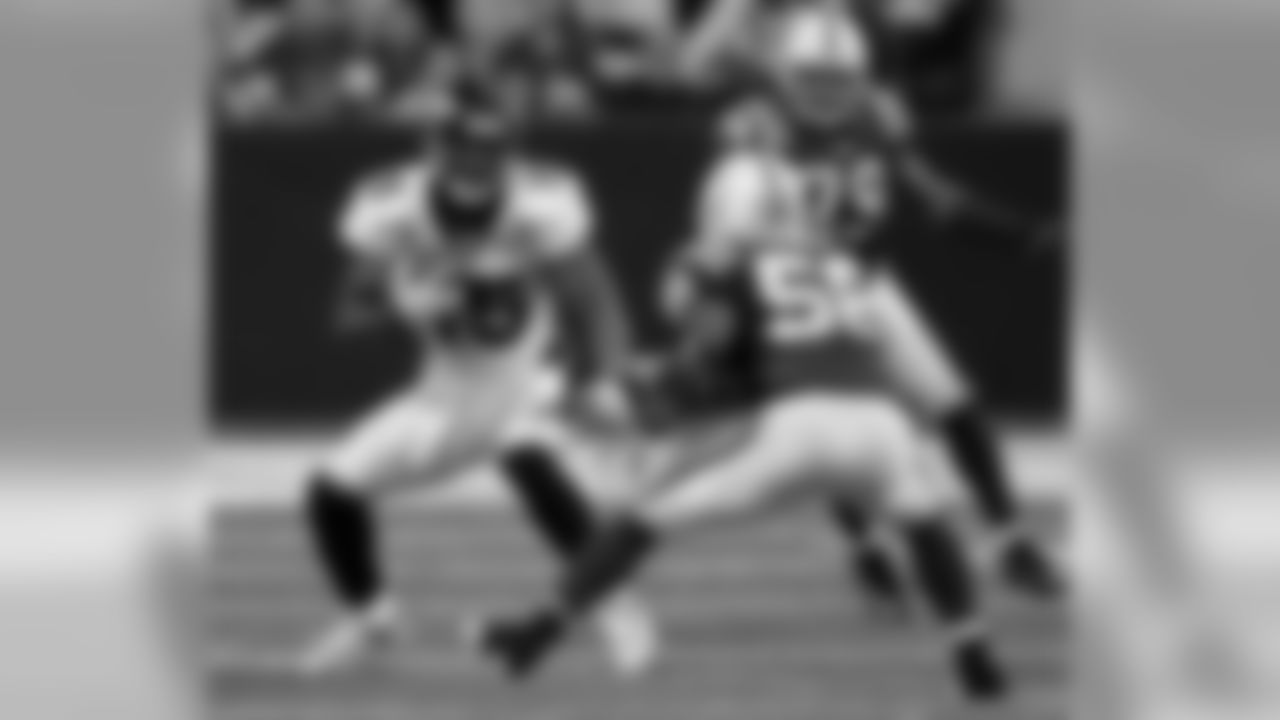

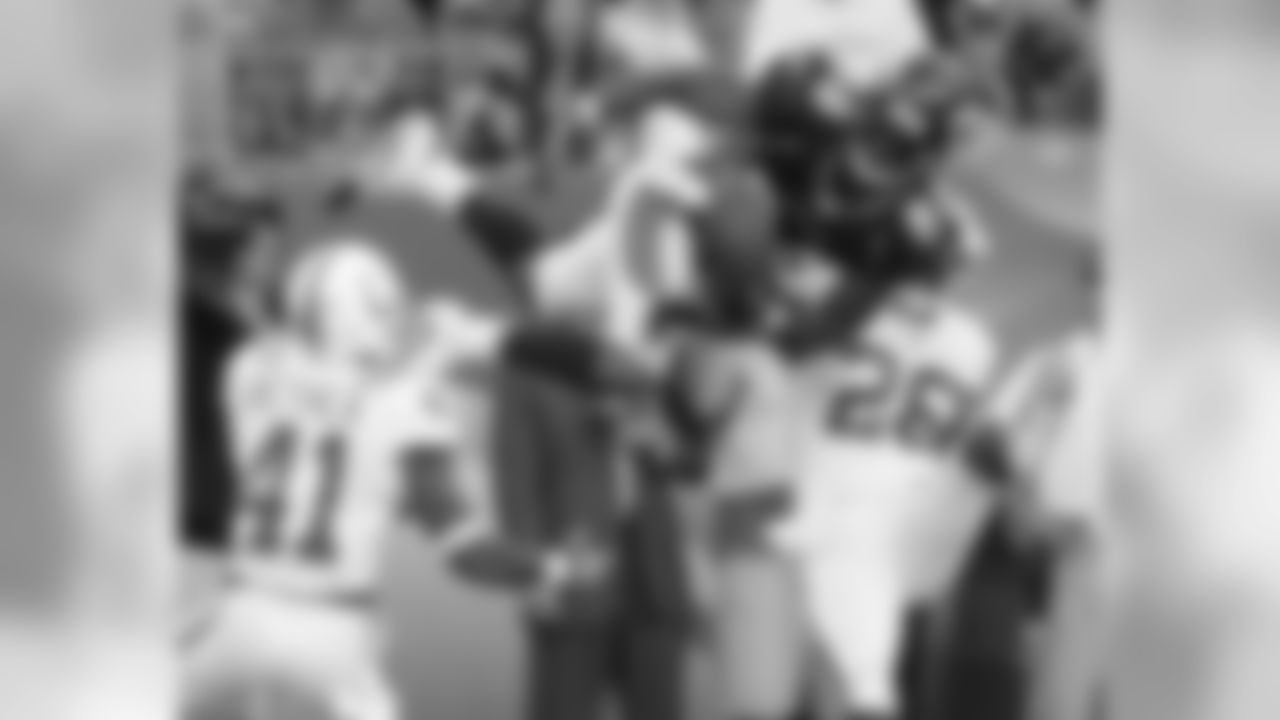

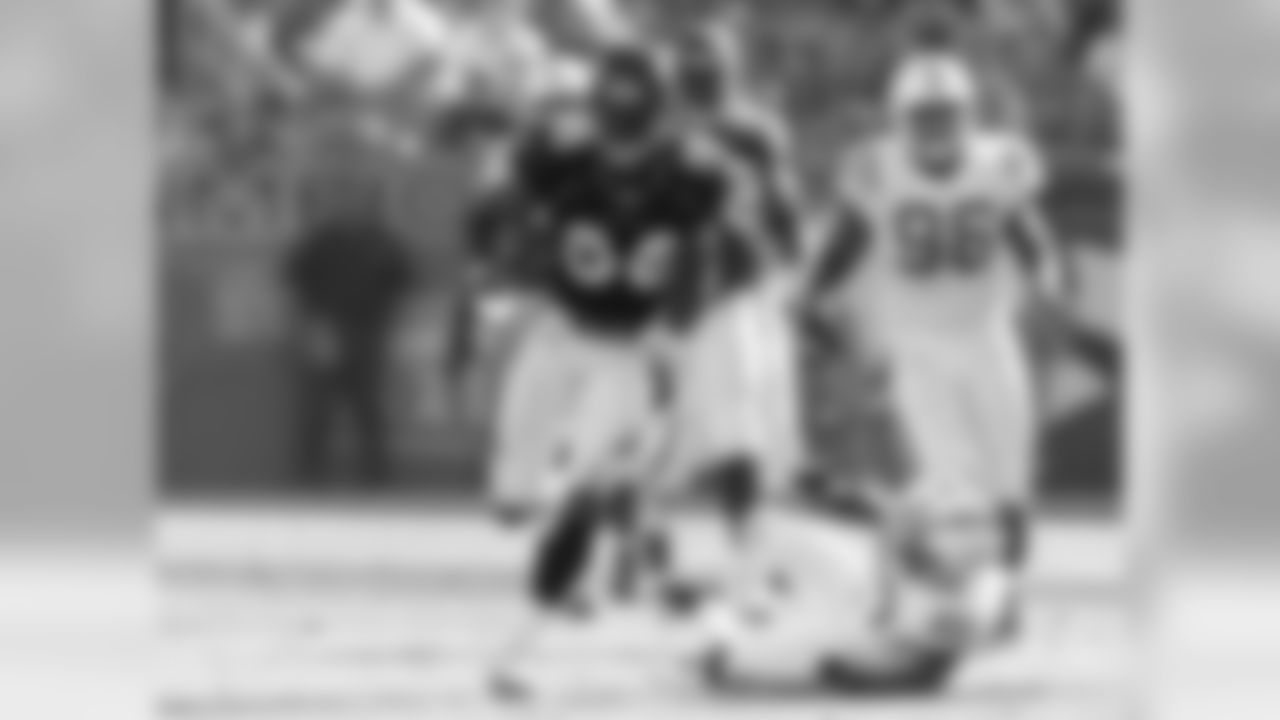

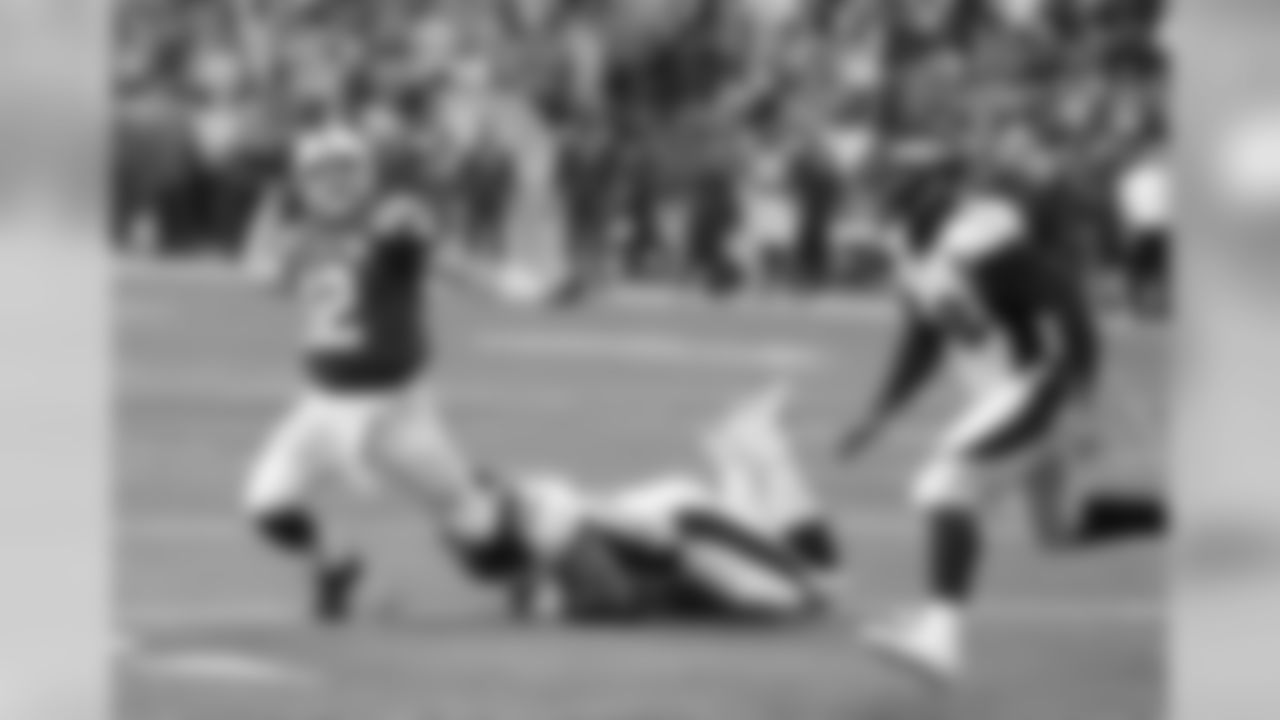
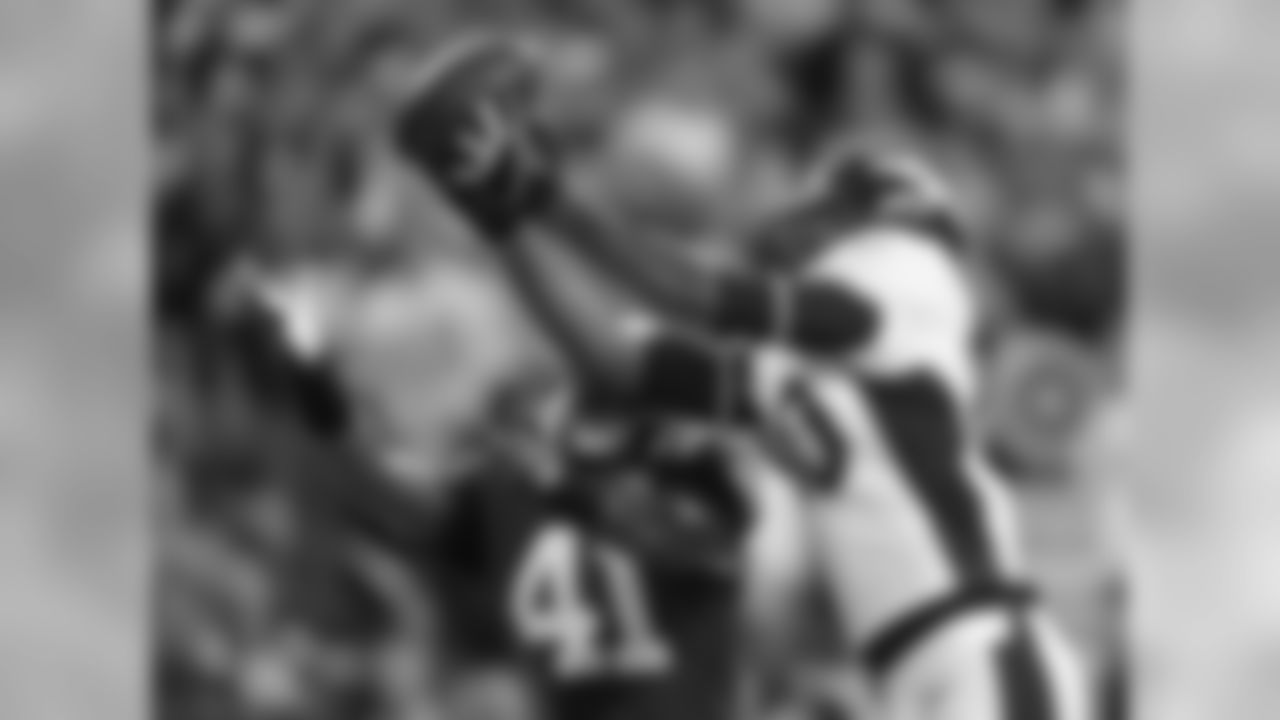
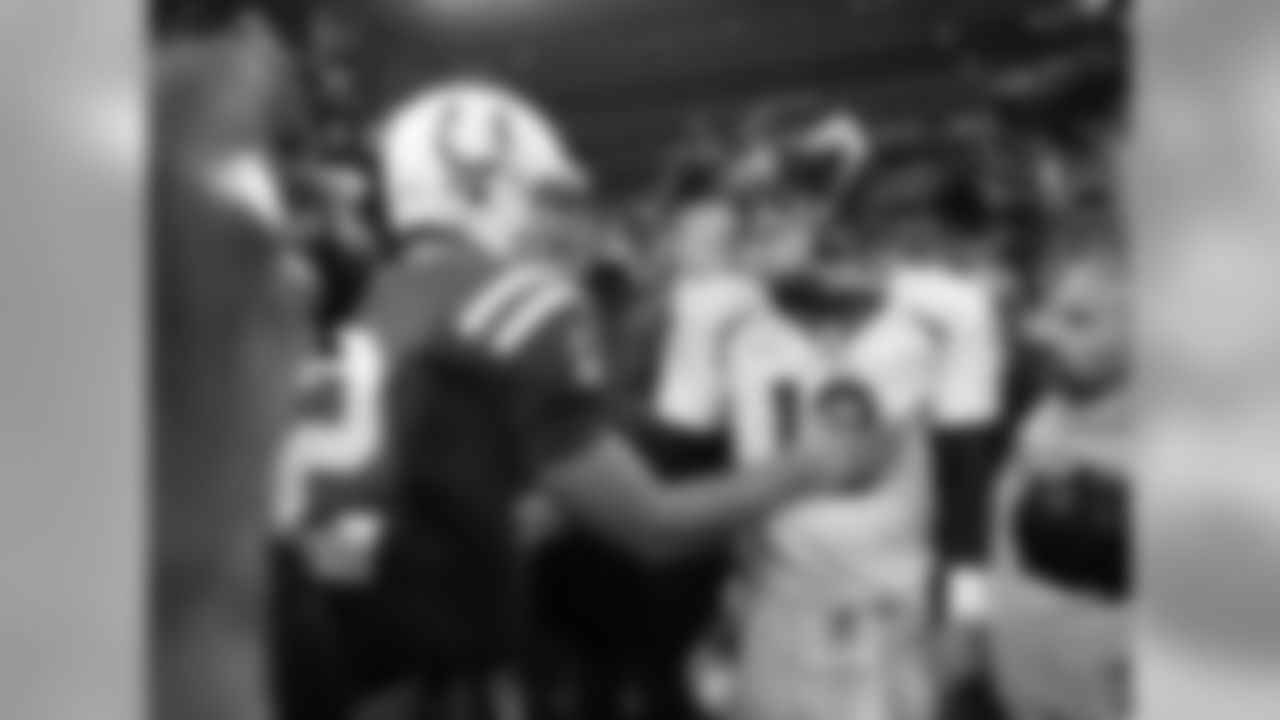
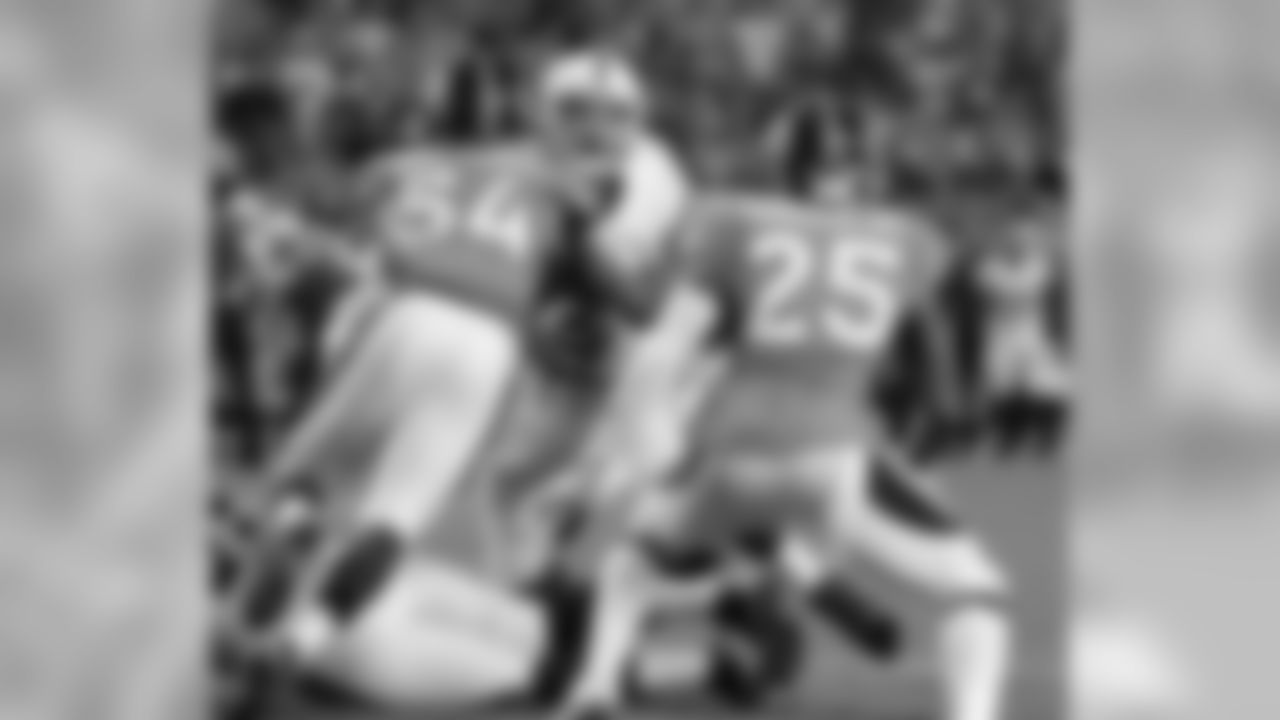
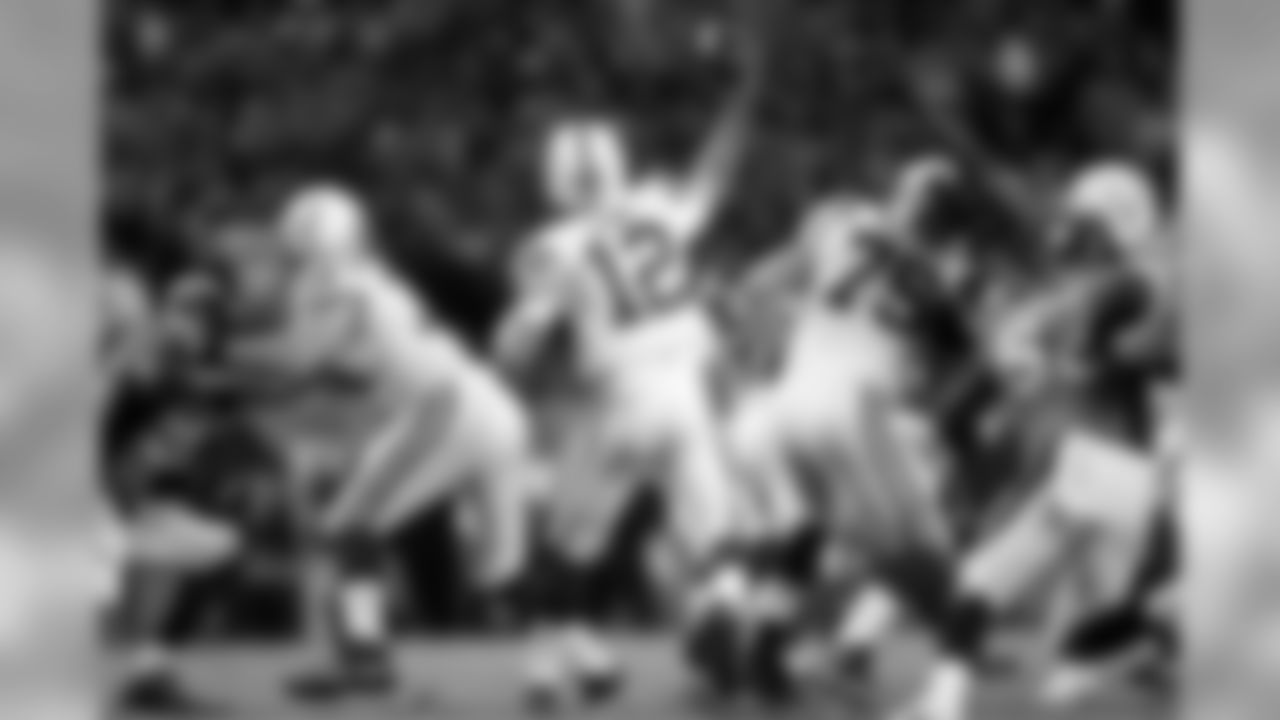
Andrew Luck of the Colts uncorks a pass amid pressure from Von Miller and other Broncos defenders trying to get to the quarterback.
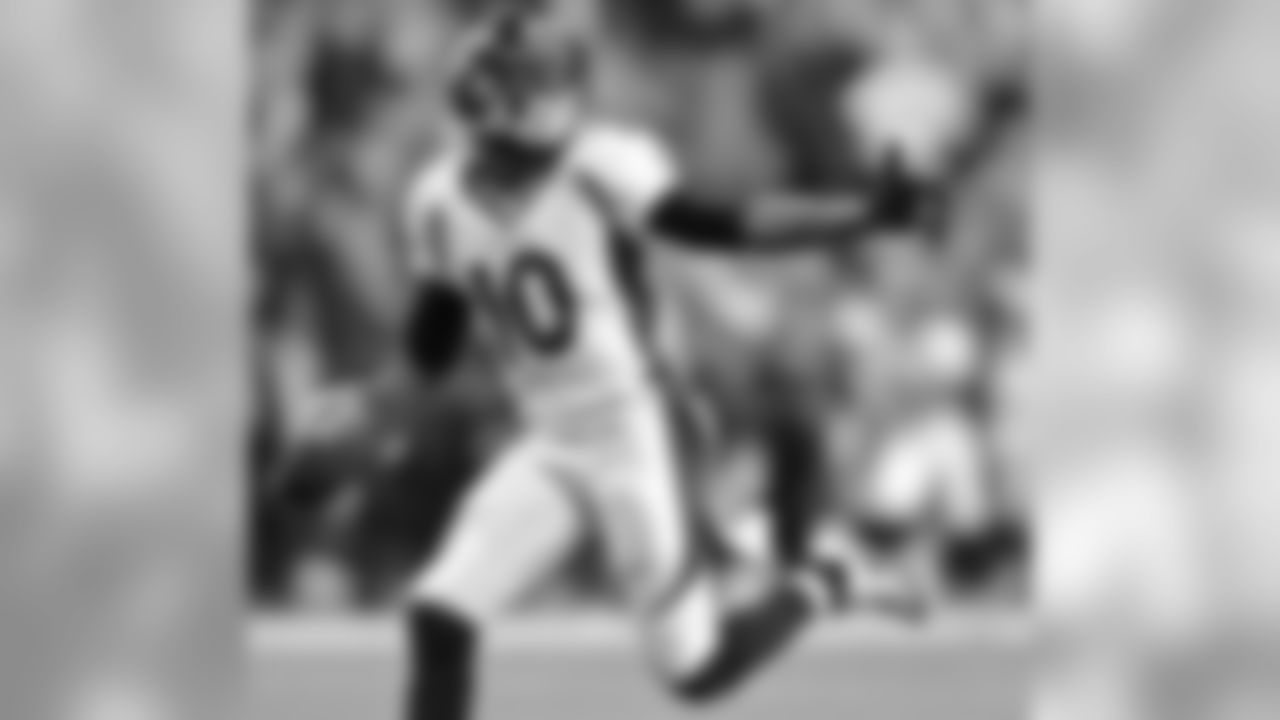
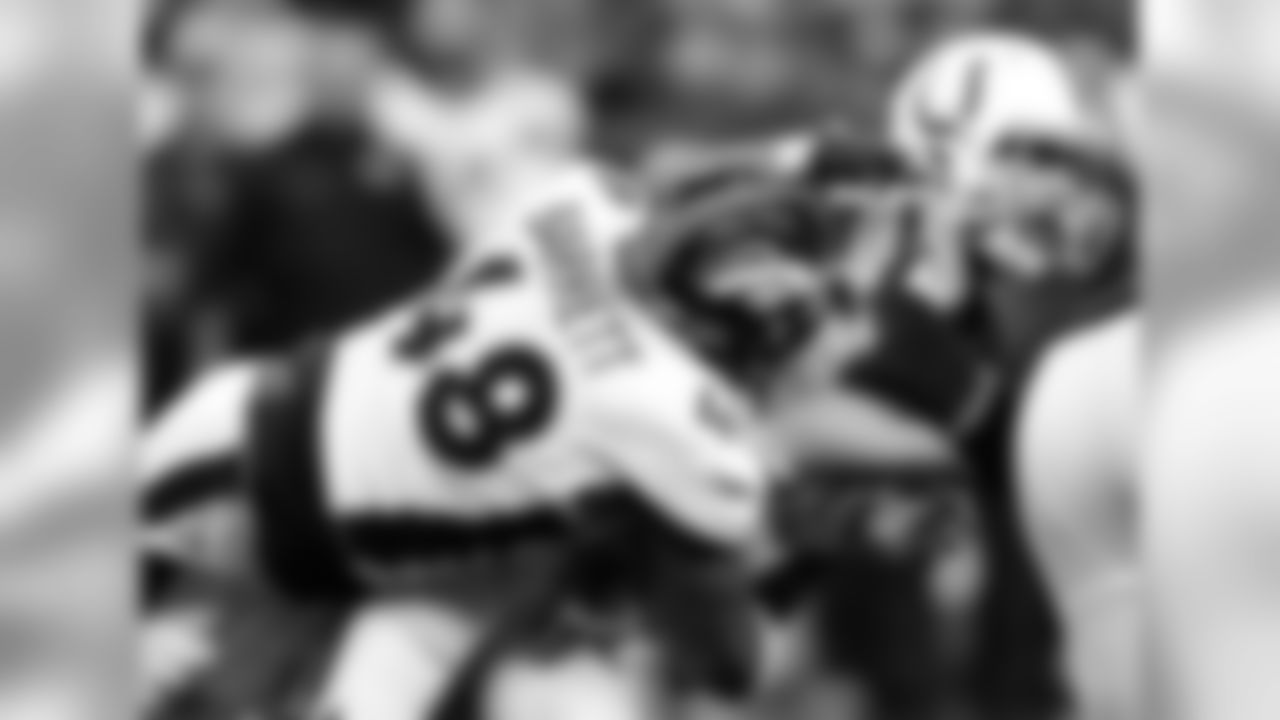
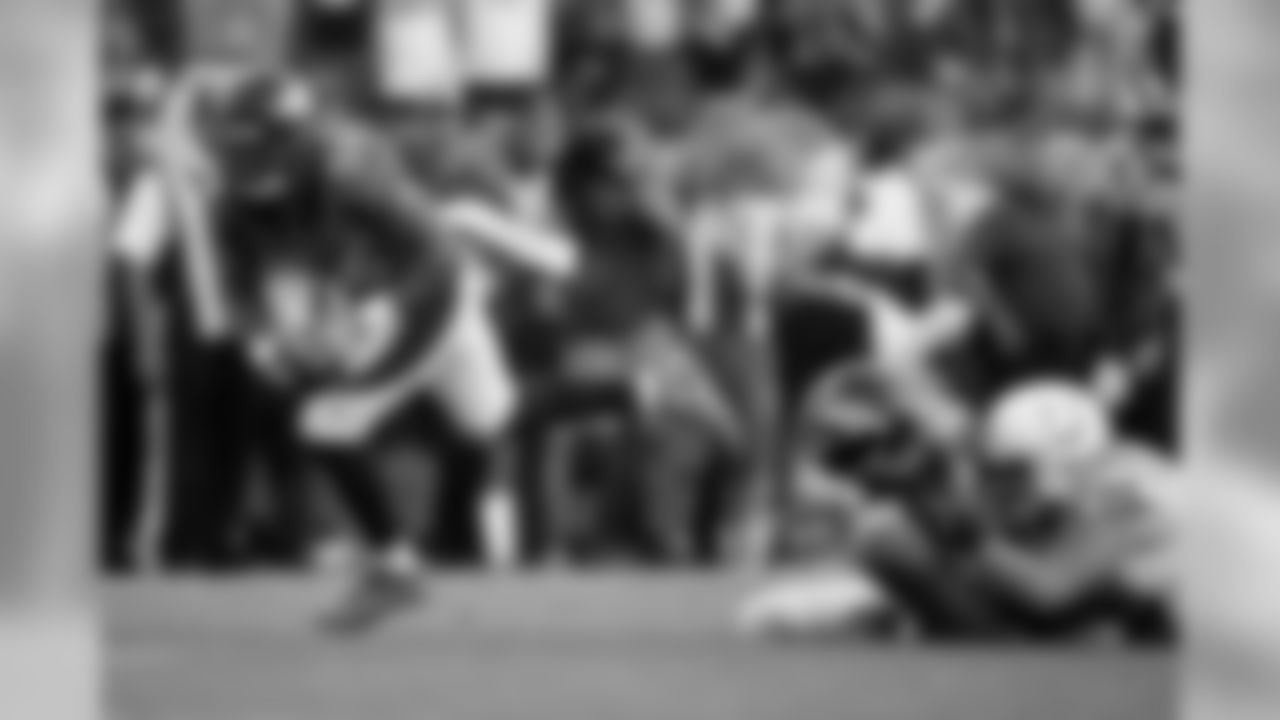
One of the franchises was the Miami Seahawks, but in 1946 the Miami team relocated to Baltimore and became the first iteration of the Colts, wearing silver and green.
That team failed, but in 1952 the Dallas Texans (and in this case, not the Dallas Texans who played in the American Football League, but the "original" Texans) also moved to Baltimore, again as the Colts.
This time, blue and white were retained as the team colors, and the Colts have kept those ever since.
Of course, the Colts eventually moved to Indianapolis and now have actually played in Indiana as long as the team played in Maryland.
Back in the day, before John Unitas, the Colts had a quarterback named George Shaw.
He did not have great distinction in Baltimore but closed out his career as a Denver Broncos backup in 1962, when his biggest claim to fame in Denver was throwing the longest touchdown pass in team history, a 97-yarder to Jerry Tarr for a record that still stands.
He lost his job to Johnny Unitas, but not before Shaw's mother, visiting from Ireland, made a notable contribution to the sartorial aspect of the team.
Teams were just beginning to put logos on helmets, and the Colts had chosen one of the great ones, a horseshoe. But legend has it that Mrs. Shaw saw the original prototype, in which the horseshoe was pointing down, and pointed out that "the luck runs out if the shoe points down."
When it appeared on the helmet, the shoe pointed up, and the Colts won back-to-back titles under Unitas.
But Shaw was cut, and he moved on to Denver.
Of course, Johnny Unitas remains as one of the greatest quarterbacks in pro football history, as does John Elway, who—as every Bronco fan knows—was drafted by the Colts, as was Peyton Manning.
Toss in Bert Jones, who led them to four division titles in the 1970s as the top pick in the draft, and fellow No. 1 selection Andrew Luck and that is a quarterback legacy that is hard for any other team to match.
It was in Indianapolis that Peyton Manning first wore 18, as he was 16 at the University of Tennessee and 14 in high school.
Manning's influence remains great in Indiana, as evidenced by an Indianapolis newspaper article at the start of this season pointing out how many high school football rosters in the state include players named "Peyton."
As always, every game seems to provide a new historical chapter for Manning.
The pillar honoring Owner Pat Bowlen in Ring of Fame Plaza was unveiled at a sunset ceremony Oct. 30.

The Ring of Fame Plaza awaits the unveiling of the newest pilar to honor Owner Pat Bowlen.

The Ring of Fame Plaza awaits the unveiling of the newest pilar to honor Owner Pat Bowlen.
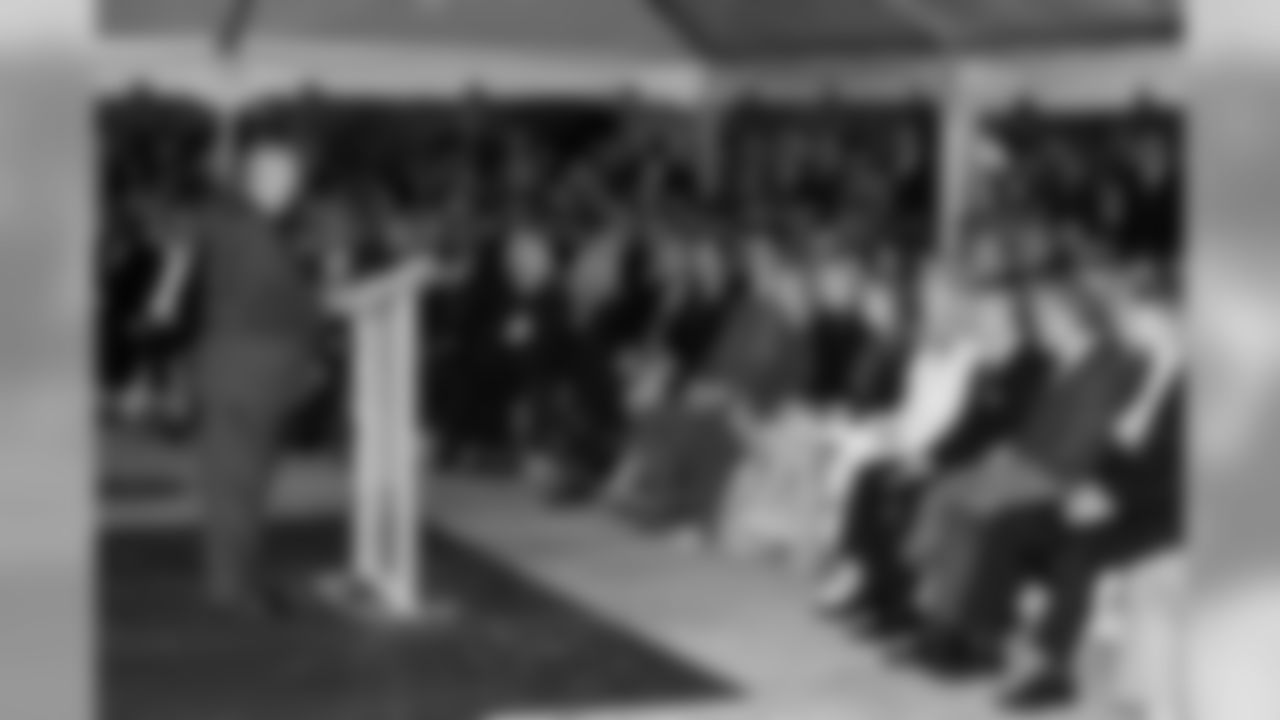
Historian and long-time Broncos communications guru Jim Saccomano emceed the event.

Longtime defensive coordinator Joe Collier greets one of his brightest stars, Ring of Fame safety Dennis Smith.
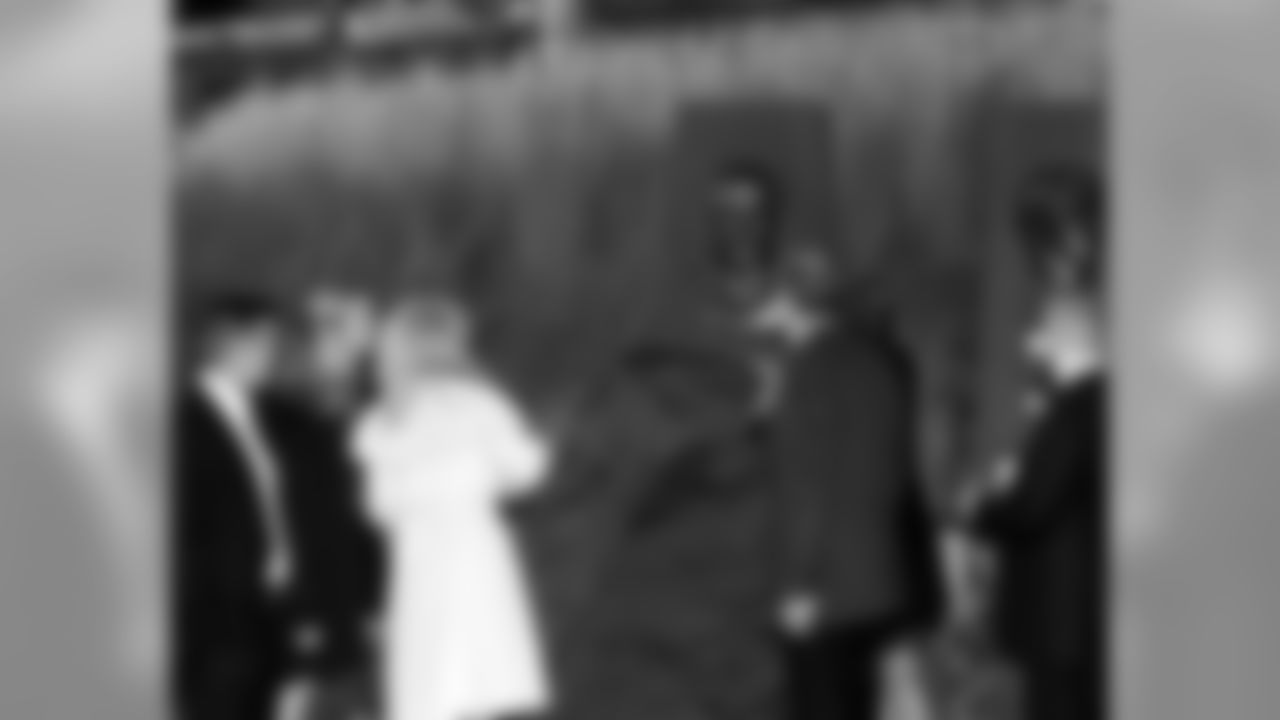
Annabel Bowlen unveils the pillar honoring her husband.
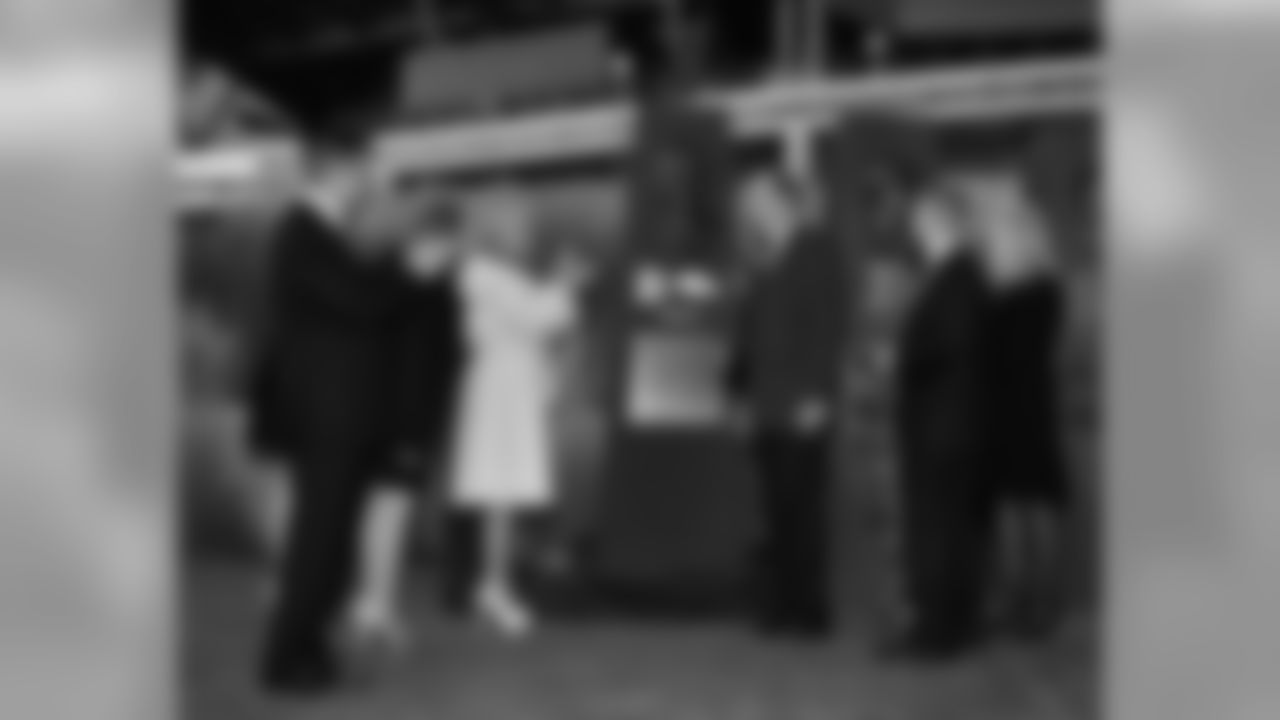
The Bowlen family gets its first look at the pillar honoring Pat Bowlen.

The Bowlen family applauds the salute to its patriarch.
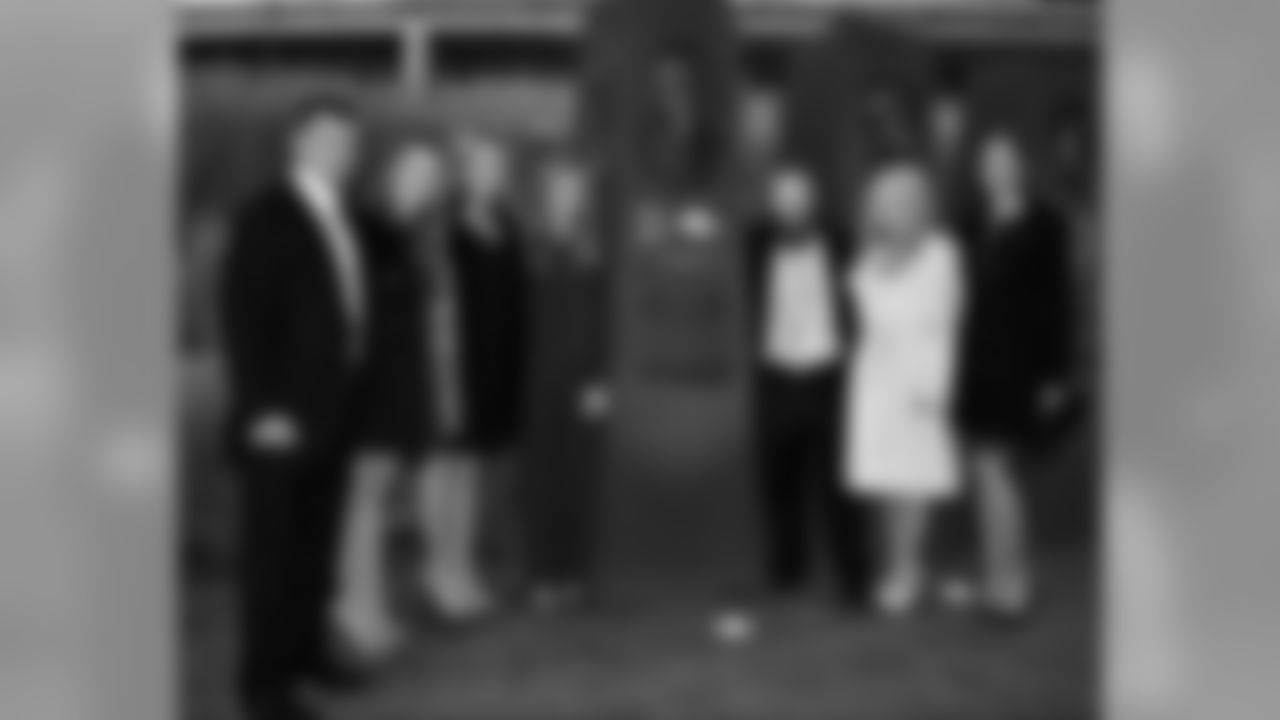
Pat Bowlen's children and his wife, Annabel, pose with the newly minted pillar after the unveiling.

Terrell Davis admires his image on the pillar at Ring of Fame Plaza.
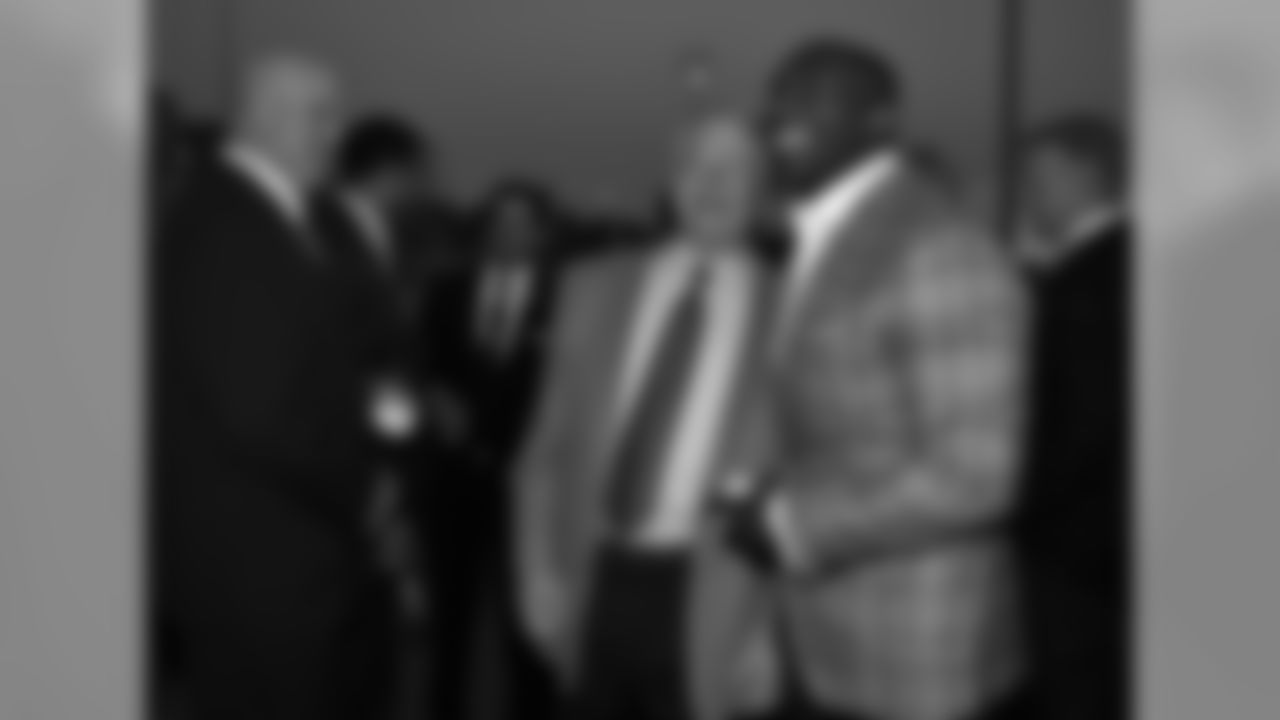
Dan Reeves and one of his former players, Shannon Sharpe, enjoy a moment at the unveiling.
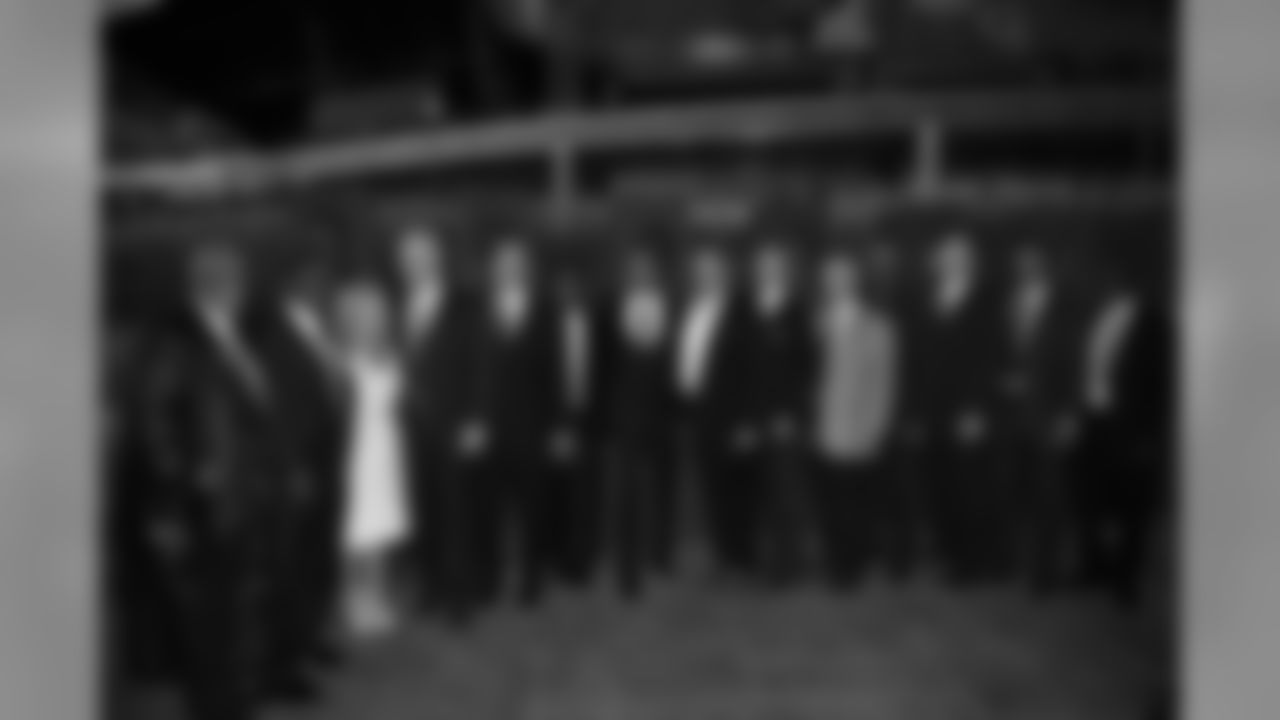
Some of the Ring of Famers on hand join Annabel Bowlen for a group photo.
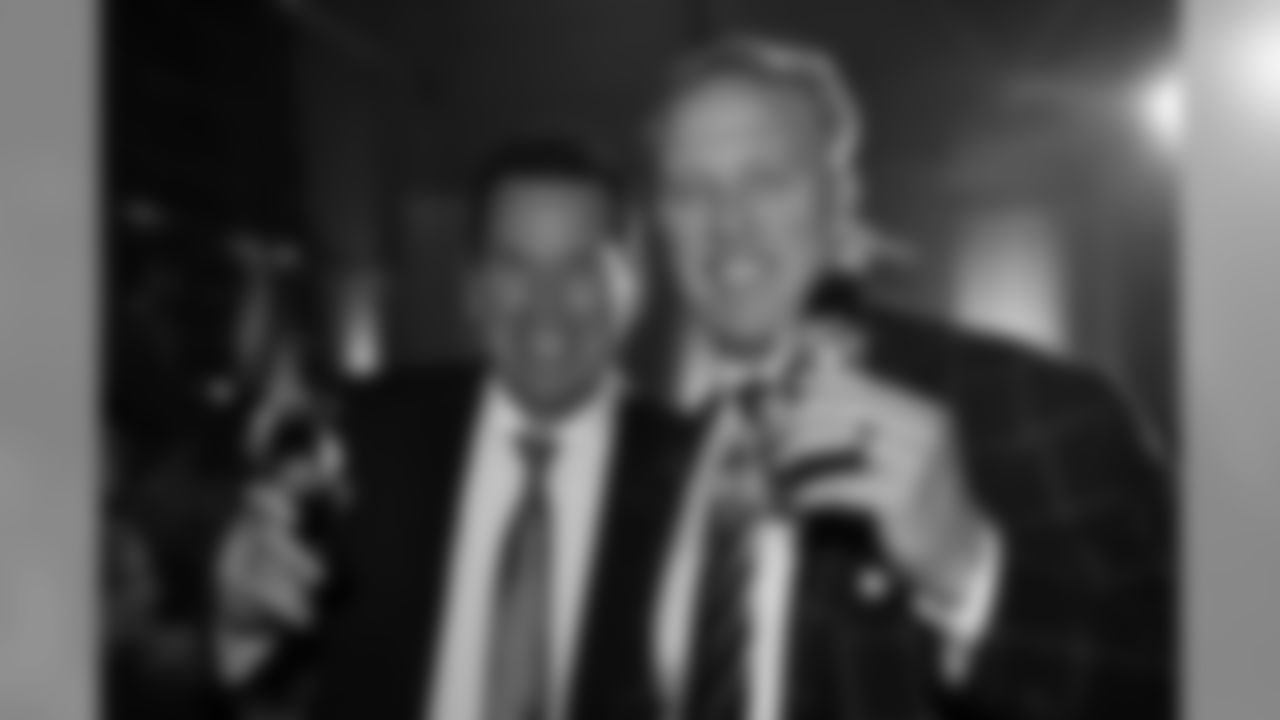
Head Coach Gary Kubiak and Executive VP/GM John Elway share a Coke and a smile.

President/CEO Joe Ellis begins the Ring of Fame dinner with a few remarks.

Annabel Bowlen greets Rich "Tombstone" Jackson, a member of the inaugural Ring of Fame class of 1984.

Annabel Bowlen greets Karl Mecklenburg, a member of the 2001 Ring of Fame class.

Annabel Bowlen spoke on behalf of Pat Bowlen at his induction dinner.
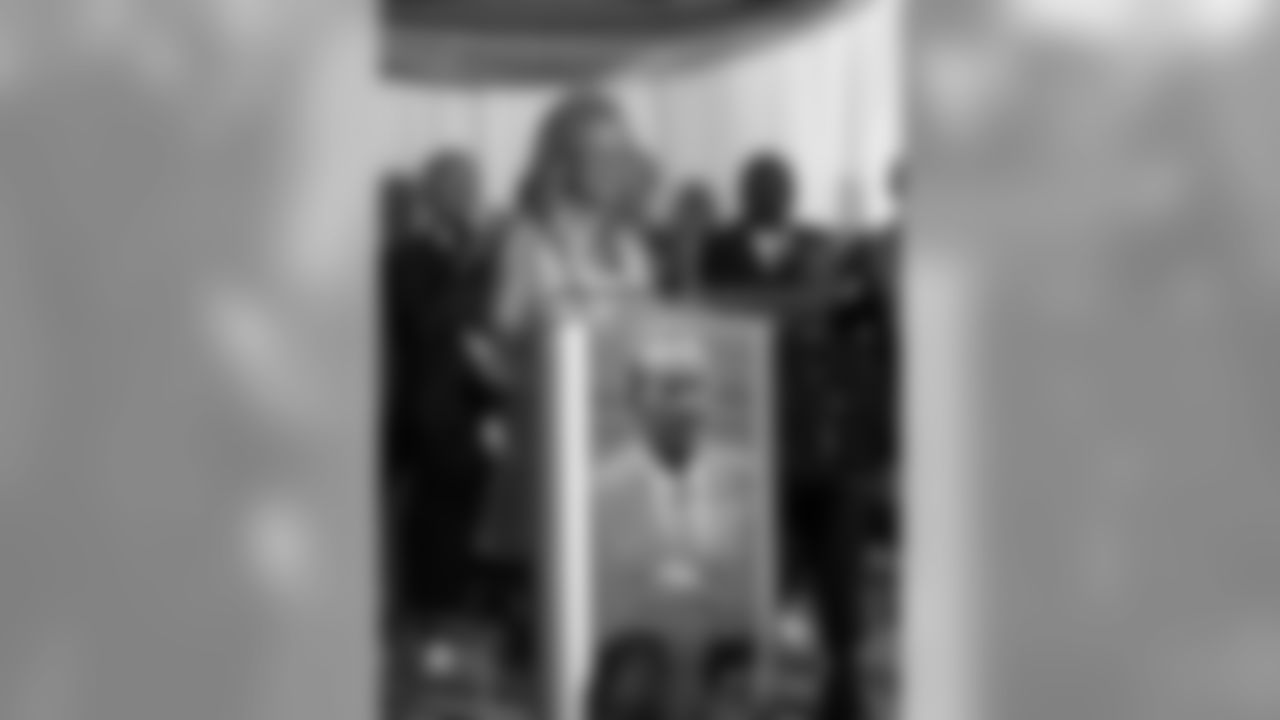
Annabel Bowlen speaks at the Ring of Fame dinner.
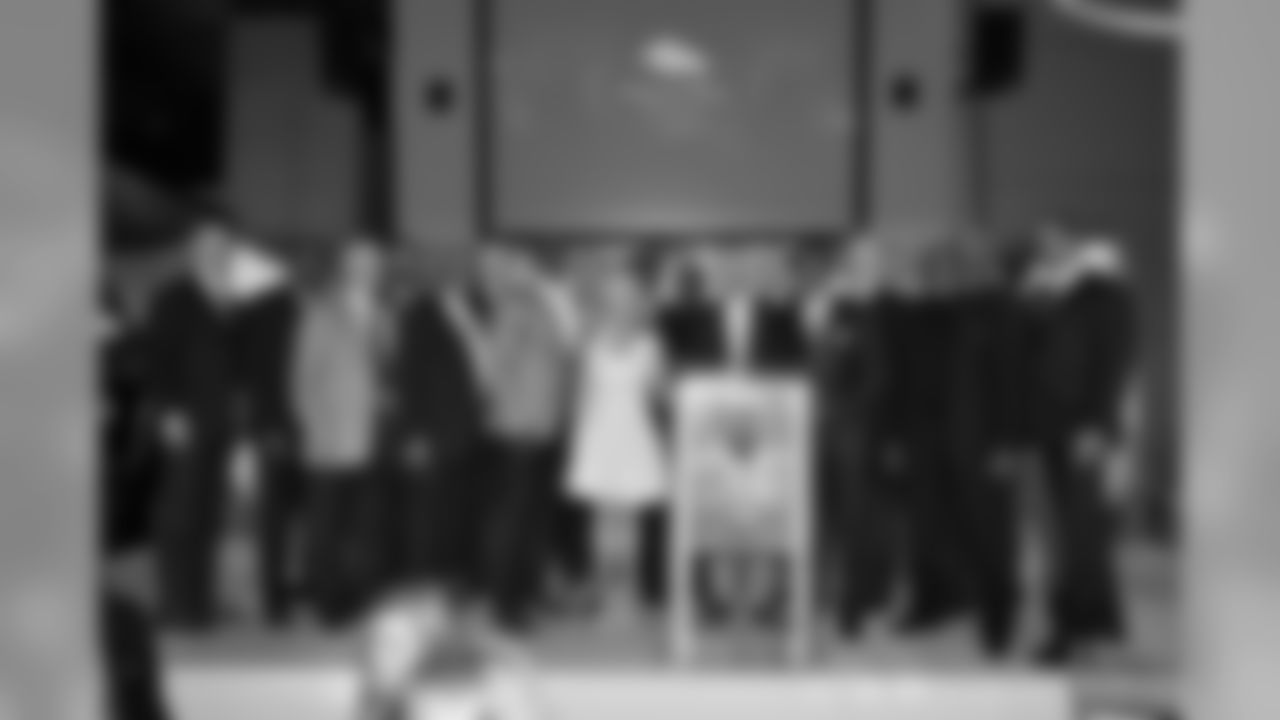
Annabel Bowlen and members of the Ring of Fame gather after the induction dinner.

The Ring of Famers on hand gather with Annabel Bowlen.
He has come into the Indianapolis weekend not just making a homecoming, but one in which he could pass Brett Favre in all-time passing yards. Favre holds the record with 71,838 and Manning needs 284 to surpass that mark.
He would set the mark in 38 fewer games than it took Favre.
Manning also needs just one win to set a new record for most wins by a quarterback, as he and Favre currently share that record as well.
Manning already is pro football's touchdown passing leader with 537 scoring throws in his illustrious career.
Of course, no one appreciates the history of the game and the quarterback position more than the future Hall of Famer Manning, and it seems so fitting that the Broncos' General Manager is Hall of Famer John Elway. In fact, Manning's contract is the only one ever signed that has the signatures of two such quarterback greats on the paper.
From the black high tops of Unitas to Elway to Manning, this game connects 60 years of NFL history and unprecedented greatness at the position, with Luck, of course, also hopeful of a lengthy career that will send him to that platform as well.
The Broncos and Colts have more in common than the equine nature of their respective nicknames.














